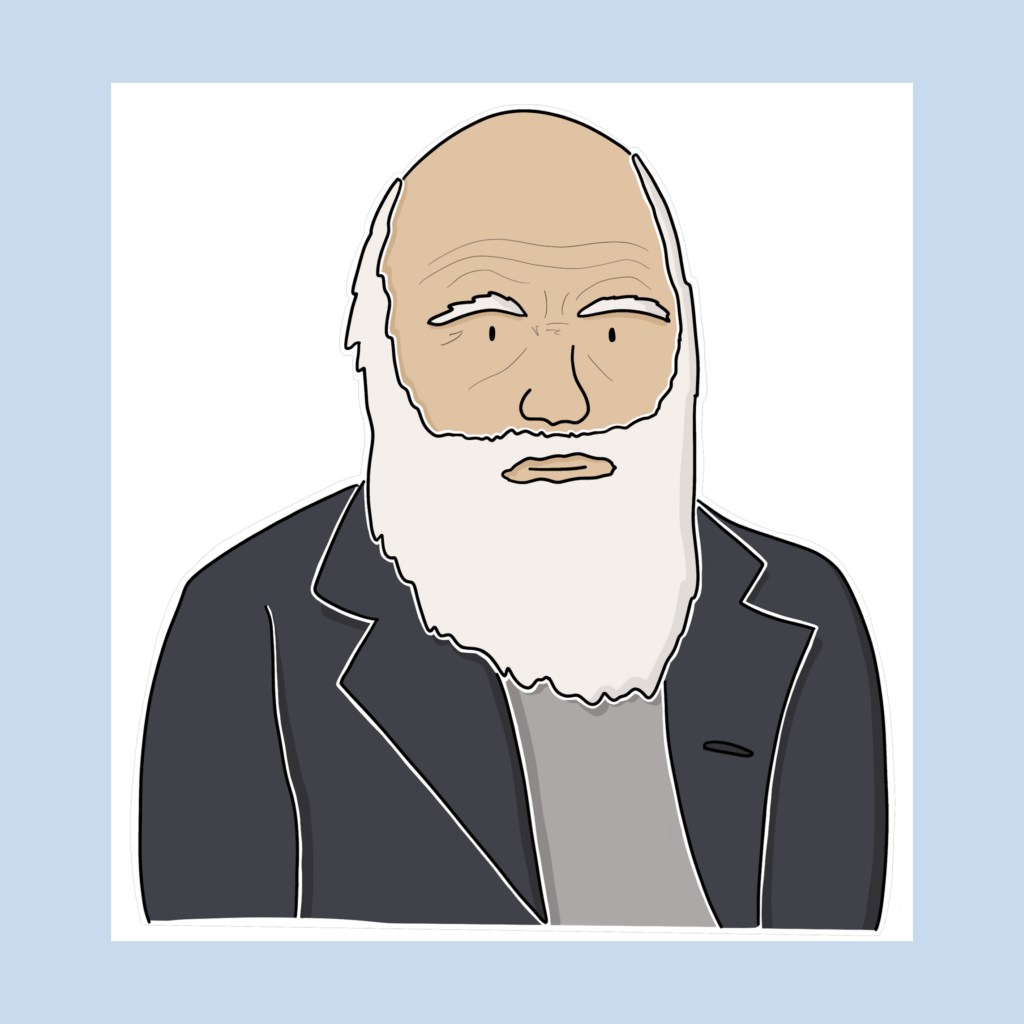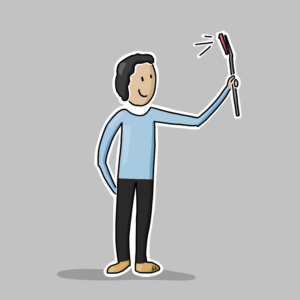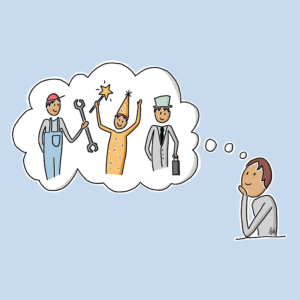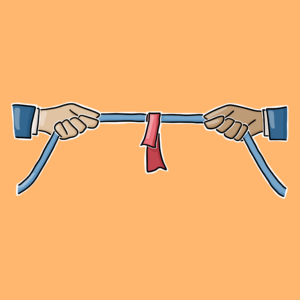

I often hear from clients about the side effects caused by the tension between their desire to collaborate and their people’s need for individual success. These can take the form of people hiding data from their colleagues or not putting them in shared directory structures. Some researchers resort to labelling their bottles of materials in a language only they in the lab understand. I recently heard about a lab where one post-doc labels their reagents in Hindi (which was unintelligible to their colleagues); then another retaliated by using a secret code to label their bottles!
In research groups where the interest in collaboration is weaker, a high degree of internal competition is often encouraged by the leader. It is not unusual for the same project to be given to more than one person after the motto “May the best man win!”. This can lead to even less collaborative behaviour, such as withholding ideas or even “spiking” a colleague’s materials in order to slow down their progress.
Evolution provides a few pointers to explain the current state of affairs. The design of the PhD degree and how scientists are chosen for leadership positions can be thought of as examples of natural selection. Giving several people the same research question to answer adds a taste of random mutation to the mix – it’s unclear at the outset which will succeed.
Two of the main motors for evolution are natural selection and random mutation. Although most people view cooperation as a possible outcome of evolution, recent work argues persuasively that cooperation is the third main motor or missing link in explaining how evolution works. Joachim Bauer, in Prinzip Menschlichkeit: Warum wir von Natur aus kooperieren, lays out the evidence-based both on Darwin’s original writing as well as more recent studies. In SuperCooperators, his recent book with Roger Highfield, Martin Nowak uses a mathematical perspective to argue that cooperation underlies most great innovations. They argue that understanding how cooperation operates, as well as pursuing the struggle for existence, is key to our survival and well-being as a species.
They use the well-known Prisoner’s Dilemma as a starting point for understanding how cooperation works and how it can evolve. In this highly readable (and equation-free) book, they describe how Nowak’s research and ideas on the subject of cooperation developed. The book also offers great insights into how he conducted his research and the importance of mentoring in the development of scientists.
By using various scenarios for the Prisoner’s Dilemma, they explain the five mechanisms that have helped to give rise to cooperative behaviour, from the molecular to the societal levels. The mechanisms are
- Direct reciprocity This is also called “give and take”. When I scratch your back, I expect you to scratch mine. This mechanism works when people live or work in close proximity. For example, some research groups have an explicit norm that people answer each other’s questions and offer similar forms of support. When playing Prisoner’s Dilemma, this approximates to a “tit for tat” strategy, i.e. I cooperate if you do, and defect if you do. Further work by Nowak showed that a “generous tit for tat” strategy works even better, i.e. occasionally when you defect, I will decide to give you the benefit of the doubt and cooperate.
- Indirect reciprocity As Nowak and Highfield explain it, “If I scratch your back, my good example will encourage others to do the same, and, with luck, someone will scratch mine.” Or, more colloquially, “what goes around, comes around.” This works well in larger communities where direct reciprocity is ineffective. It relies on the power of reputation and sufficient transfer of information about people’s behaviour.
- Spatial structure In forms of Prisoner’s Dilemma where the players are in a well-mixed population, the defectors outcompete cooperators. However, when structural forms are introduced into the population, then cooperators can thrive. For example, they tend to cluster or form groups and help each other.
- Group selection Back-scratching tends to help back-scratchers to cluster. Or, as Nowak puts it, “Groups with meaningful social norms outcompete other groups.” This can work on two levels in research teams: first, the leader can screen for the level of someone’s cooperation tendencies during the interview process. Secondly, it influences the choice of collaborators for projects with other groups.
- Kin selection This can be thought of as, “Because we’re relatives, I’ll scratch your back, even if you don’t scratch mine.” This says something about the degree of cooperation one can expect as a function of genetic relatedness. Since one function of research is the transmission of ideas, this mechanism points towards people being more likely to cooperate with those with who they share “idea genes”.
Most structures in research seem to rely on the evolutionary mechanisms of natural selection and random mutation to ensure innovation and progress. Joachim Bauer has already pointed towards the mechanism of cooperation as another mechanism. In their book SuperCooperators, Martin Nowak and Roger Highfield explain the five mechanisms that give rise to cooperative behaviour.
In my next article, I share some practical ideas you can apply to leverage this missing link in evolutionary theory and improve the levels of cooperation in your team, which could, in turn, revolutionise the quality and quantity of your research.


